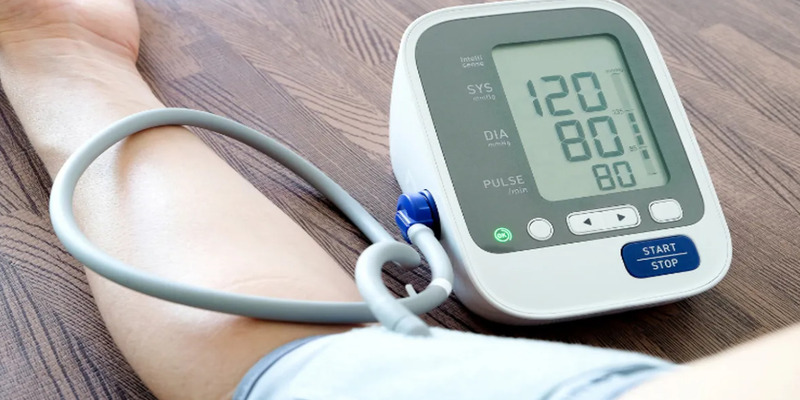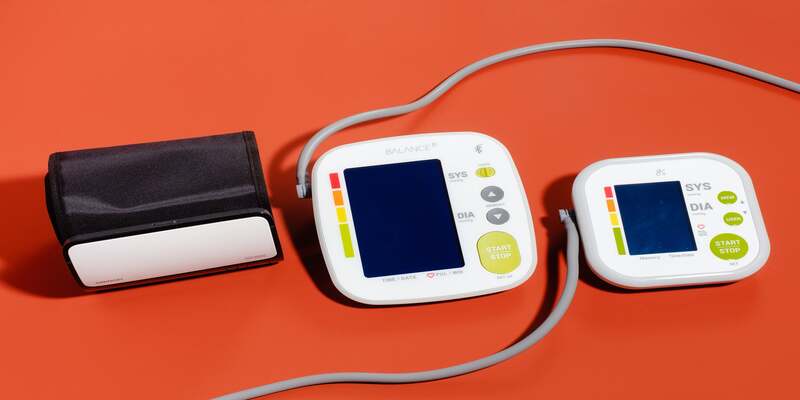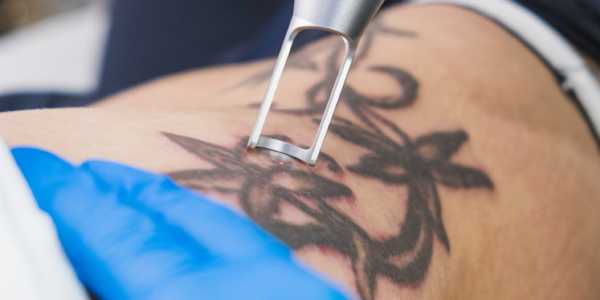Best Blood Pressure Monitors For Home Use
In today’s fast-paced and health-conscious society, monitoring blood pressure at home is becoming increasingly essential. The World Health Organization (WHO) has reported a concerning rise in hypertension cases worldwide, which makes it imperative for individuals to take proactive steps in managing their cardiovascular health.
Home blood pressure monitoring allows patients to consistently track their readings and make informed decisions regarding lifestyle adjustments or medication changes in collaboration with their healthcare providers. With a growing demand for reliable health management tools, accurate and user-friendly home monitoring devices have surged in popularity. This article aims to provide a comprehensive review of the most effective blood pressure monitor options available, empowering consumers to make informed choices to support their overall well-being and health management objectives.

Understanding Blood Pressure Monitors
Blood pressure monitors are essential devices that measure the force exerted by circulating blood on the walls of arteries as the heart pumps. This measurement results in two key values: systolic pressure, which indicates the peak pressure during heartbeats, and diastolic pressure, demonstrating the pressure when the heart is at rest between beats. These readings are critical for diagnosing hypertension and other cardiovascular issues.
There are two main types of blood pressure monitors: analogue and digital. Analog monitors, often called manual or sphygmomanometers, require a stethoscope to obtain readings and may prove challenging for some users. A classic example of this type is the traditional mercury sphygmomanometer. On the other hand, digital monitors facilitate automated readings and typically feature a digital display, making them more accessible. For instance, models like the Omron Series 10 exemplify the user-friendly nature of digital monitors.
When selecting a blood pressure monitor, it is crucial to prioritize accuracy and ease of use. A monitor consistently producing reliable readings is invaluable for health management, as it prevents the misinterpretation of results and enhances the overall monitoring experience. Amidst the rising cases of hypertension, having a dependable device at home has never been more vital.
Factors To Consider When Choosing a Blood Pressure Monitor
Several key features must be considered when selecting a blood pressure monitor to ensure effective and accurate daily health management.
Accuracy
First and foremost, accuracy cannot be overstated. A monitor that provides precise readings is essential for preventing misdiagnosis and ensuring timely and appropriate medical intervention can occur. Opt for monitors that reputable health organizations validate, as this certification ensures measurement reliability.
Cuff Size And Fit
The cuff size and fit also play a significant role in measurement accuracy. Selecting a monitor equipped with a cuff that fits well is crucial, as improper fit can lead to discomfort and flawed readings. It is important to note that adults may require different cuff sizes, and measures should account for varying arm circumferences to ensure a snug and optimal fit.
Ease Of Operation And Readability
Ease of operation is paramount, particularly for non-tech-savvy individuals. Devices that offer extensive, easy-to-read displays paired with user-friendly buttons will significantly reduce the Stress of monitoring blood pressure. Clarity in presenting results is essential in helping individuals quickly comprehend their readings without confusion.
Storage And Data Tracking Options
Beyond basic usage, consider the device's storage and data tracking capabilities. Monitors equipped with functionalities to log and track readings over time enable easy monitoring of trends and patterns. Such features can be invaluable for individuals managing chronic conditions and may assist healthcare providers in making informed decisions regarding treatment.
Price Range
Finally, the price range is a crucial aspect to consider. Quality monitors are available across various price points, so balancing your budget with the necessary features is essential. Generally, investing in a well-reviewed monitor can yield better monitoring results and enhanced health outcomes.
Top Picks For Blood Pressure Monitors
As hypertension and its co-related health issues continue to escalate, effective home monitoring of blood pressure grows increasingly crucial. With an overwhelming variety of devices in the market, choosing a blood pressure monitor that can significantly simplify health management is essential. Below are our top picks for blood pressure monitors, evaluated according to brand reputation, features, and user feedback.

1. Omron Platinum Blood Pressure Monitor
Omron has consistently established itself as a trusted name in blood pressure monitoring, and the Omron Platinum Blood Pressure Monitor exemplifies this reputation. Known for its accuracy and reliability, this model incorporates advanced features designed for individuals keen on health management at home.
Key Features: The monitor has Bluetooth connectivity, allowing users to sync their readings with the Omron app for easy tracking. It also supports multiple users, enabling the storage of readings for different individuals. The one-touch operation and backlit display are additional advantages, making it user-friendly even for those minimally tech-savvy.
Pros: Users admire its consistently accurate readings and innovative technology that aids in maintaining health records. Moreover, the compact design facilitates ease of handling.
Cons: Some users have noted occasional connectivity issues with the app, resulting in discrepancies in recorded data.
2. Withings Bpm Connect
The Withings BPM Connect merges innovative technology with a stylish aesthetic, catering to the health-conscious user. Renowned for its modern design, Withings delivers accurate measurements and features that enhance the overall user experience.
Key Features: This monitor boasts a large display that reveals readings and facilitates seamless smartphone connectivity via Wi-Fi or Bluetooth. Additionally, it offers an easy-to-understand data history on the Withings app, allowing users to easily monitor their progress over time.
Pros: Users delight in the app's in-depth insights and the monitor's appealing design. Its strong build quality adds to its overall allure.
Cons: Though advanced, the price tag may be higher than some competitors, which could discourage budget-conscious customers. Also, the initial setup may seem complicated for specific users.
3. Panasonic Ew3109W Best Sense Automatic Arm Blood Pressure Monitor
Panasonic is synonymous with superior quality electronics, and its EW3109W Blood Pressure Monitor is no exception. Recognized for its simplicity and effectiveness, this model offers accurate results in a user-friendly format.
Key Features: Its large cuff accommodates various arm sizes, ensuring comfort during use. The one-button operation streamlines the monitoring process, while the large LCD screen makes the results easily read.
Pros: Users frequently highlight its reliability and accuracy alongside the comfort of the cuff. The monitor's affordable price makes it a popular choice for many.
Cons: However, some users have found the monitor less portable than anticipated and noted the absence of advanced features in more expensive models.
4. Fitbit Charge 5 Health & Fitness Tracker
While primarily recognized as a fitness tracker, the Fitbit Charge 5 incorporates a reliable blood pressure monitoring feature, transforming it into a versatile health management tool. With Fitbit’s solid reputation in the wearable technology market, users can have confidence in its accuracy and functionality.
Key Features: The device tracks heart rate, sleep, and activity levels and includes blood pressure readings. Its integration with the Fitbit app produces a comprehensive overview of various health metrics, assisting users in managing their wellness more holistically.
Pros: Users favour the extensive health data provided and the device's sleek design, which conveniently doubles as a fashion accessory.
Cons: On the downside, some users have expressed concerns regarding battery life when utilizing multiple tracking features and mentioned that the blood pressure function requires user calibration for the best results.
Best Practices For Accurate Blood Pressure Measurement
Taking blood pressure readings accurately at home empowers individuals to manage their health effectively. Here are some recommended practices to ensure reliable readings: First, select a quiet and comfortable area to minimize distractions. Sit in a relaxed position with a straight back and feet flat on the floor. Maintaining your arm at heart level and ensuring it is supported and comfortable during measurement is essential.
Timing is crucial for obtaining precise readings. Aim to measure your blood pressure simultaneously each day, ideally in the morning, before engaging in any activities or taking medications. Preparation is essential; avoid Caffeine and tobacco, and exercise at least 30 minutes before taking measurements.
Be aware of what your readings indicate. Normal blood pressure is usually around 120/80 mm Hg, but these values fluctuate. Keeping a log of your readings helps identify patterns, and it is advisable to consult a healthcare professional if your values consistently exceed 130/80 mm Hg or if you experience symptoms like headaches or dizziness. Regular monitoring can aid hypertension management and prevent complications, making familiarity with proper techniques vital.
Empower Yourself Through Knowledge
Choosing the right blood pressure monitor is an essential step toward effective health management, especially given the ongoing rise of hypertension. As you explore your options, reflect on your unique needs, from ease of use and accuracy to essential features like memory storage or connectivity. Making a personalized choice not only enhances tracking but also contributes to improved health outcomes.



















